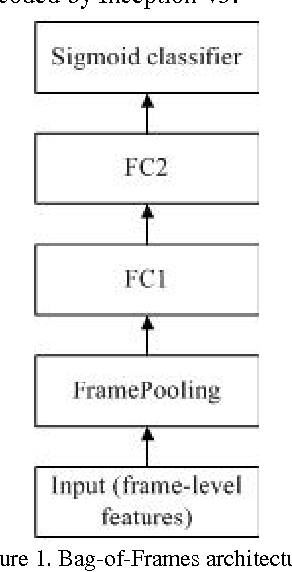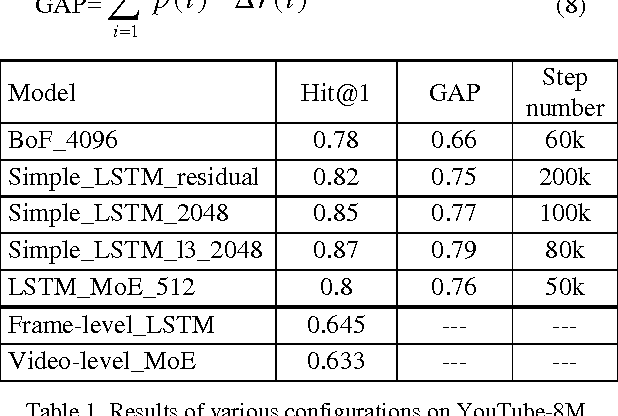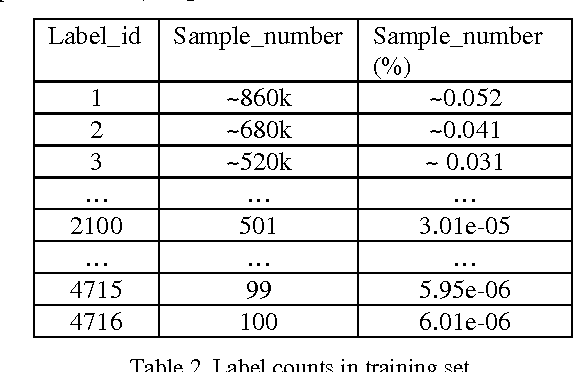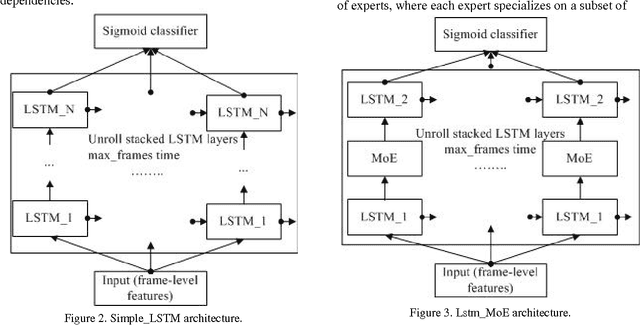Manuk Akopyan
Institute for System Programming
Docmarking: Real-Time Screen-Cam Robust Document Image Watermarking
Apr 25, 2023Abstract:This paper focuses on investigation of confidential documents leaks in the form of screen photographs. Proposed approach does not try to prevent leak in the first place but rather aims to determine source of the leak. Method works by applying on the screen a unique identifying watermark as semi-transparent image that is almost imperceptible for human eyes. Watermark image is static and stays on the screen all the time thus watermark present on every captured photograph of the screen. The key components of the approach are three neural networks. The first network generates an image with embedded message in a way that this image is almost invisible when displayed on the screen. The other two neural networks are used to retrieve embedded message with high accuracy. Developed method was comprehensively tested on different screen and cameras. Test results showed high efficiency of the proposed approach.
* 9 pages, 8 figures
Large-Scale YouTube-8M Video Understanding with Deep Neural Networks
Jun 14, 2017



Abstract:Video classification problem has been studied many years. The success of Convolutional Neural Networks (CNN) in image recognition tasks gives a powerful incentive for researchers to create more advanced video classification approaches. As video has a temporal content Long Short Term Memory (LSTM) networks become handy tool allowing to model long-term temporal clues. Both approaches need a large dataset of input data. In this paper three models provided to address video classification using recently announced YouTube-8M large-scale dataset. The first model is based on frame pooling approach. Two other models based on LSTM networks. Mixture of Experts intermediate layer is used in third model allowing to increase model capacity without dramatically increasing computations. The set of experiments for handling imbalanced training data has been conducted.
 Add to Chrome
Add to Chrome Add to Firefox
Add to Firefox Add to Edge
Add to Edge